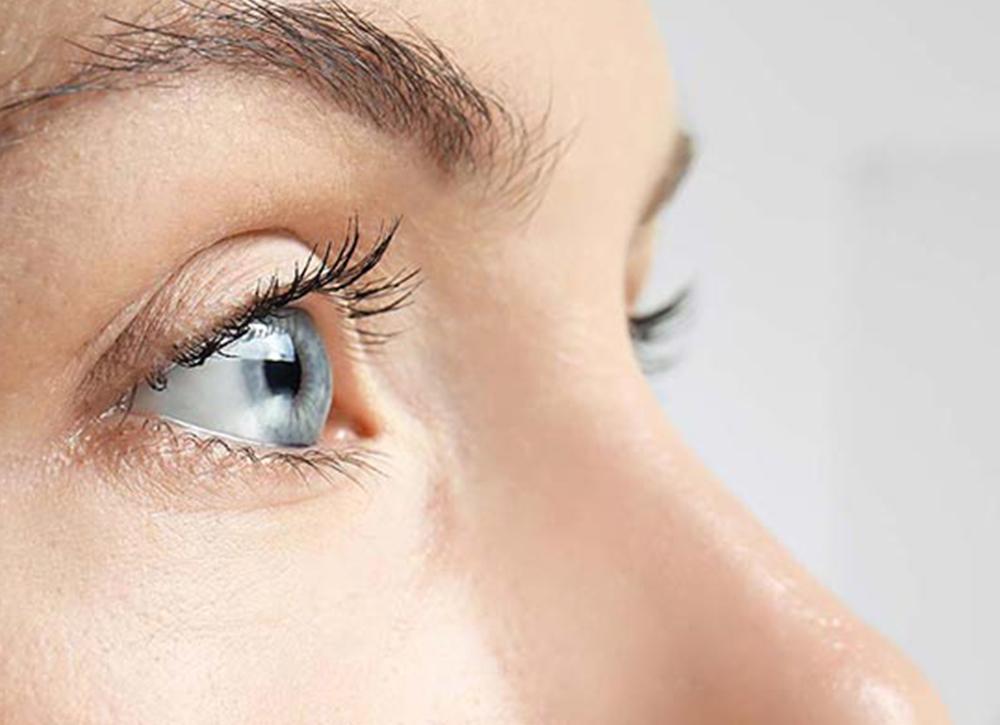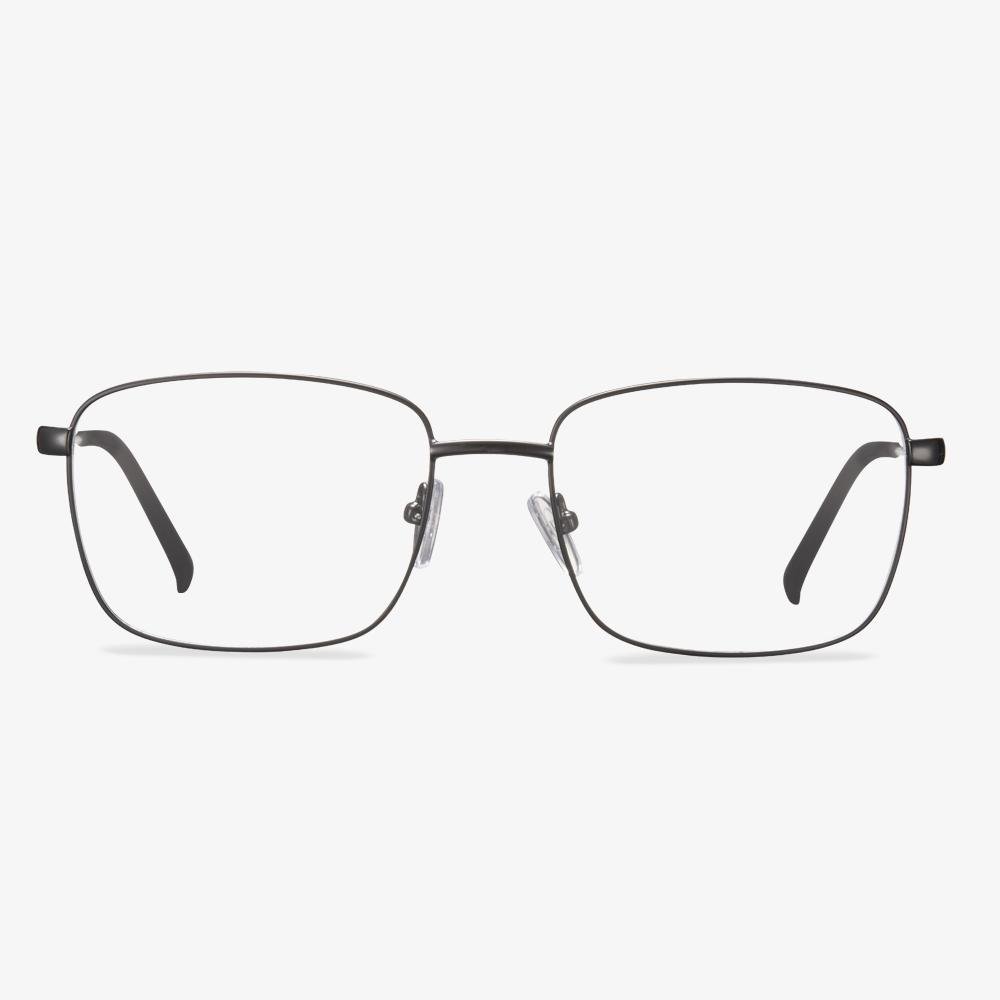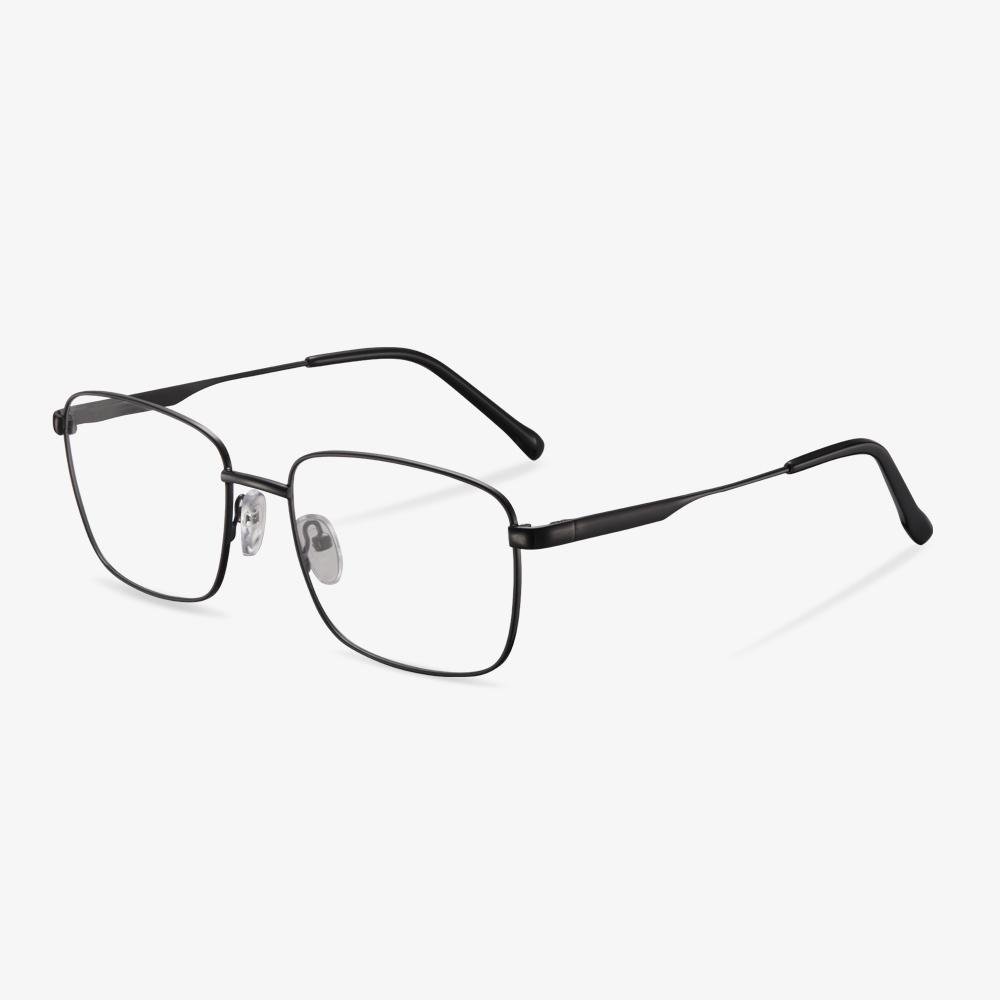In the previous article, we discussed “Should I Buy Blue Light Blocking Glasses For Kids?”. In this article, let’s talk about “Myopia Surgery: What You Should Know?”.
Many friends who wear glasses have a wish to realize the "dream of taking off their glasses." But how much do you know about myopia surgery? So, we want to discuss myopia surgery. Friends who plan to have myopia surgery can read this article first, and I hope it will help you.
History of refractive surgery
There is a consensus in the ophthalmology community, that is, myopia is irreversible. So, no one has thought about "curing" myopia, and myopia can only be "corrected". There is also a way to correct myopia, that is, "with glasses". This is a safe and convenient method. However, some people do not want to be restricted by glasses. Therefore, correcting myopia without glasses has become a research topic.
In 1708, the original idea was proposed. Hermann Boerhaave, the founder of clinical teaching and modern academic hospitals, creatively proposed the idea of removing the lens to change the refraction of the eyeball, that is, clear lens extraction (CLE).
In the 19th century, clear lens extraction has been widely known and recognized as a means of correcting high myopia. However, due to the risk of infection, this surgery is only occasionally used.
It was not until 1894 that surgeons Fukala and Vacher published the first clinical report on clear lens extraction. People call this type of surgery "FUKALA’s OPERATION". However, due to the limited surgical conditions and serious postoperative complications, CLE surgery entered a low ebb.
In 1898, Lans of the Netherlands discovered that burning the cornea could change the refractive power. After that, ophthalmologists successively made similar attempts.(https://www.koalaeye.com/collections/eyeglasses)
The pioneer who actually performed surgery on the cornea to correct myopia was Sato from Japan. In 1939, he was inspired by the phenomenon that keratoconus patients had reduced myopia due to corneal flattening after corneal rupture, and was the first to use radial keratotomy to correct myopia. A certain effect was received early in the operation, but for technical reasons, corneal edema or bullous keratopathy occurred in about three-quarters of the cases more than 10 years later.
In 1973, Fyodrov, a former Soviet scholar, occasionally discovered during an ocular trauma operation that after the patient's corneal wound healed, his original myopia was significantly reduced. So the early radial keratotomy (RK) was created, which was the beginning of modern refractive surgery.
In 1978, Bores started the first RK operation in the United States. In the late 1980s, PhotoRefractive Keratectomy (PRK) and laser-assisted in situ keratomileusis (LASIK) appeared one after another.
Two types of myopia surgery
Myopia surgery is mainly divided into two categories, corneal refractive surgery, and lens implantation surgery.
Corneal refractive surgery is an operation performed on the cornea of the human eye. By changing the thickness and curvature of the cornea, it is equivalent to making a pair of glasses on the cornea to correct myopia and astigmatism.
Lens implant surgery involves inserting a lens with a degree of power into a person’s eye. It is like putting a pair of lenses into the eyes to restore normal naked vision.
At present, the myopia surgery that everyone usually talks about mostly refers to corneal refractive surgery. Generally speaking, if the myopia is less than 1000 degrees and the astigmatism is less than 600 degrees, corneal refractive surgery can be used. If the degree is too high or the cornea is too thin for corneal refractive surgery, lens implant surgery can be considered.
Has myopia been cured by myopia surgery?
Ophthalmologists often say that myopia surgery is a kind of "cosmetic surgery". For people who don't want to wear glasses, the glasses can indeed be removed through the operation. This is why many surgeons wear glasses themselves, because they don't think there is any problem with wearing glasses. But some people misunderstand the meaning of surgery and think that surgery is to cure myopia. In fact, whether it is wearing glasses or refractive surgery, the refractive power of the eye's refractive system is changed to achieve the effect of "pushing" the imaging point onto the retina. But it does not change the fact that the eye axis of myopic eyes is longer. Therefore, for patients with high myopia, after the operation, there is still some danger. High myopia is prone to many serious complications, most of which cause blindness, which is one of the common causes of blindness in adults.
Thank you for your time in reading our passage “Myopia Surgery: What You Should Know?”. For more information about sunglasses and eyeglasses, please continue to follow KoalaEye Blog. Also, it is welcome to share and forward to Facebook and Twitter.





































